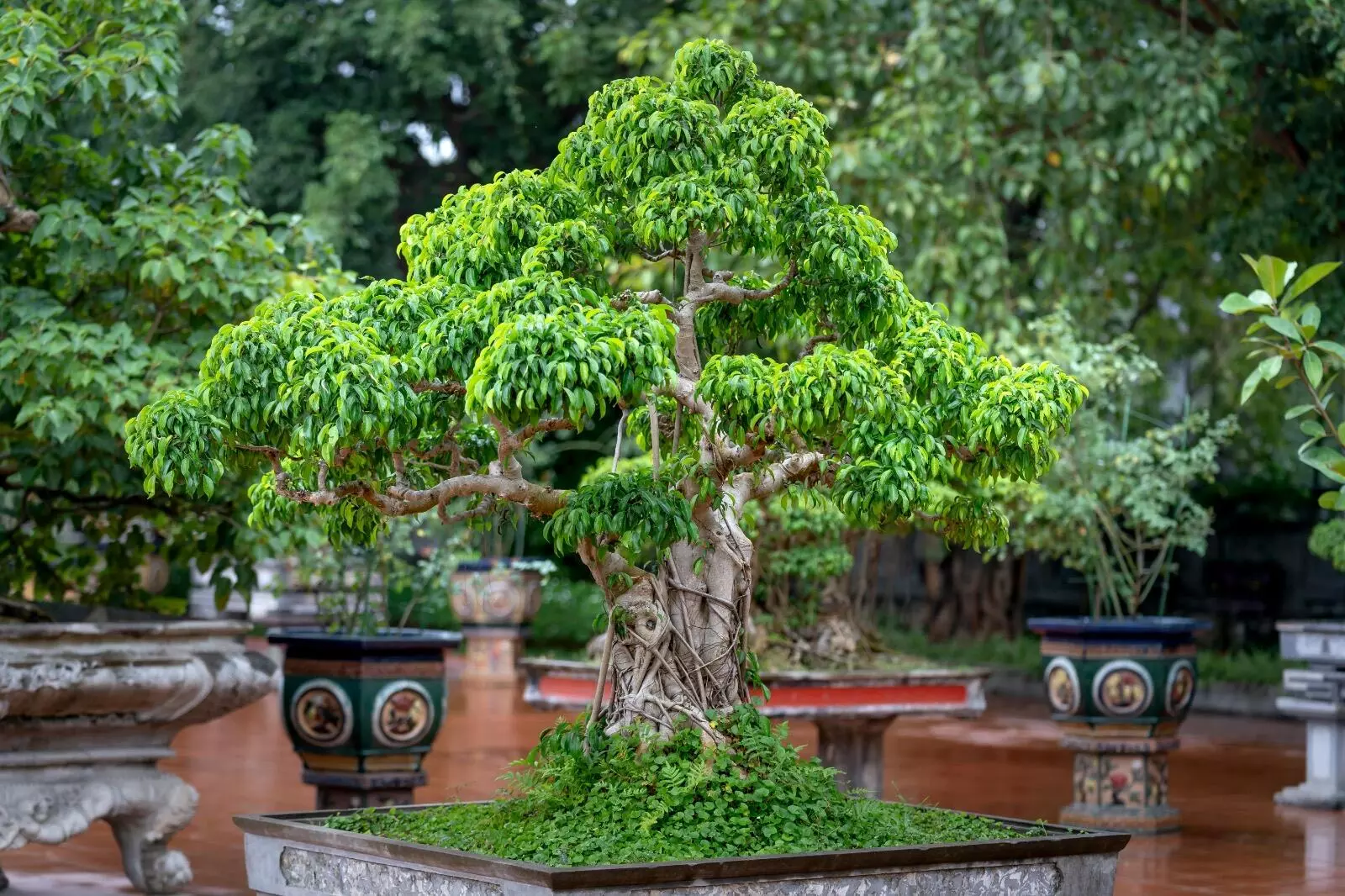`Tree in a tray’: Understanding Bonsai styles
The art of Bonsai started in China and was refined in Japan adding a touch of class to your home
By Beyniaz Edulji
Bonsai-Miniature Delight
Hyderabad: Plants of different kinds are a delight to most people. Bonsai plants especially offer a wide scope for experimenting. They add a touch of class to your home and can bring a lot of cheer to your surroundings. You can grow them in pots or jugs, have them hanging, or have them creeping, they are always a pleasure to look at. Bonsai plants add a certain atmosphere to any house. Most nurseries and plant exhibitions always have Bonsai plants on display and sale.
Tree in a Tray
The art of Bonsai started in China and was refined in Japan. Bonsai translates as “Tree in a tray” and is the replica of a giant tree. Its miniature size is maintained by pruning and transplanting into different trays and cutting its roots slightly.
Minimal watering
One can water according to the size of a bonsai. For example, Mame Bonsai only needs half a cup of water. This is a boon in today’s scenario of water shortage. Apartments can have a wide variety of Bonsai plants. It takes around two years to make a bonsai, but looking it after takes years.
Developing a Bonsai
Bonsai can be developed from seeds or cuttings, from young trees, or naturally occurring stunted trees transplanted into containers. Most bonsai range in height from 2 inches to 1 meter in height. Apart from pruning and re-potting, their branches and trunks are wired so that they grow into desired shapes. A Bonsai tree should always be positioned off-center in its container as not only is asymmetry vital to the visual effect, but the center point is symbolically where heaven and earth meet, and nothing should occupy this place. Japanese tradition holds that three basic virtues are necessary to create a bonsai: truth, goodness, and beauty.
Friends of Bonsai
‘Friends of Bonsai Society’ was founded in Hyderabad in 1983 by a few members, but the membership has grown now. They conduct a grand exhibition every year and workshops every month where different plants, styles, and the latest techniques of bonsai are discussed. Demonstrations by different bonsai masters are also held, and they have invited masters from Singapore, Indonesia, the UK, and the USA.
Rekha Bayanker, Founding Member of the Friends of Bonsai Society since it started in 1983, incorporates suitable artifacts to enhance the beauty of bonsai. She has a variety of bonsai in her collection, from 5-inch-highMame bonsai plants, which are 15 years old, to rock bonsai and Peepal and Banyan bonsai, which are both around 40 years old.
5 Bonsai Styles
The five basic bonsai styles are formal upright, informal upright, slanting (or windswept), semi-cascade, and cascade. All have their beauty and serenity. Bonsai is the art of cultivating miniature trees. In Japanese, Bonsai is translated as 'tray planting.' But today, it has grown into a whole new form.
It is the art of dwarfing trees or plants and developing them into an aesthetically appealing shape by growing, pruning, and training those in containers according to prescribed techniques. Creating miniature plants doesn't mean that you starve the plants or treat them cruelly. In fact, given an adequate supply of water, air, light, and nutrients, a properly maintained Bonsai will mostly outlive a full-size tree of the same species. Bonsais are ordinary trees or plants, not special hybrid dwarfs.
Small-leafed varieties are most suitable, but essentially, any plant can be used, regardless of the size it grows to, in the wild. Bonsai is a great interest or hobby, and to this day, many even take it up as a lucrative profession in Hyderabad.